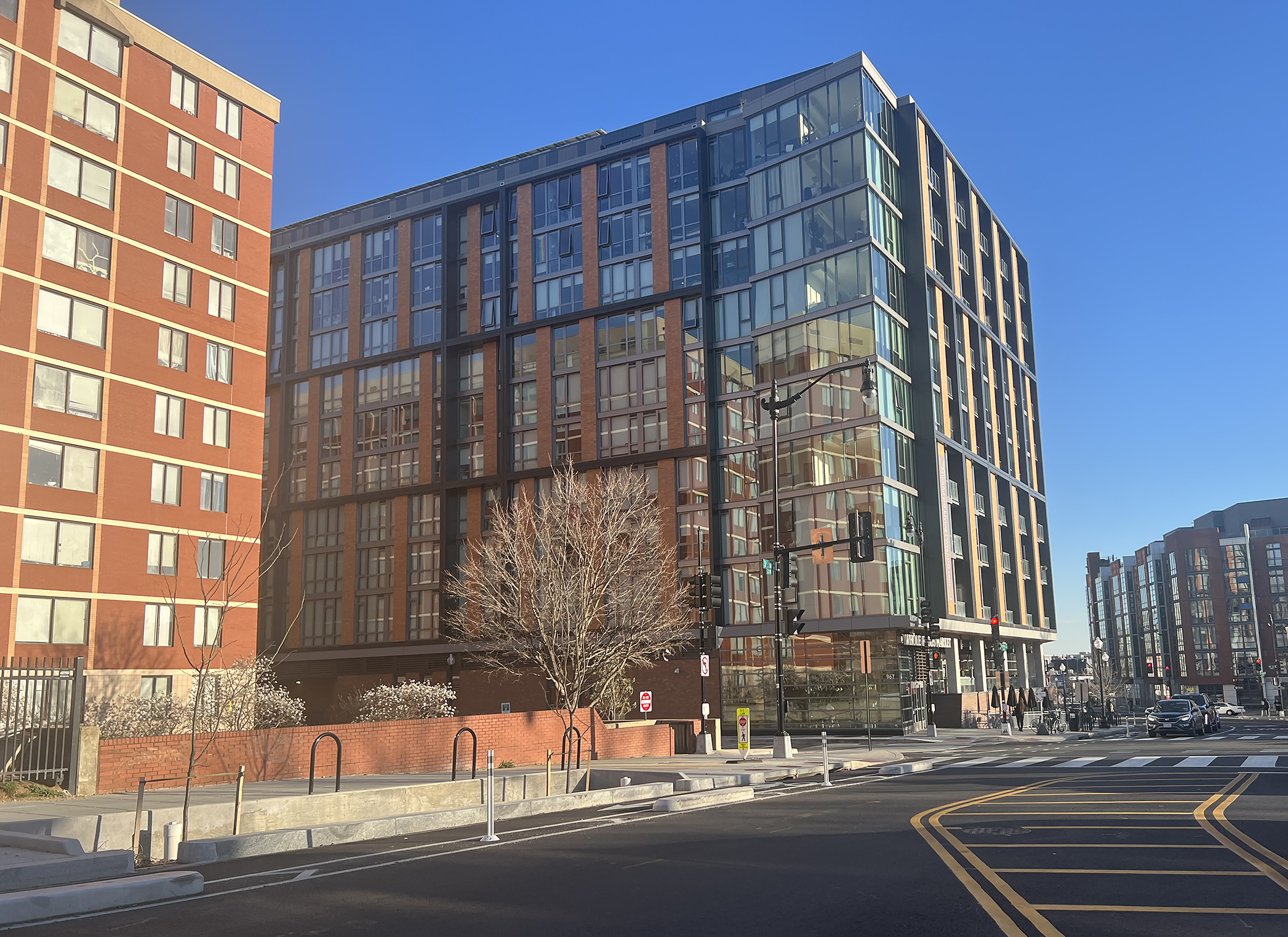
By Nina Payne
Trinity Times Correspondent
Washington’s once majority Black population had residents lovingly refer to their home as “Chocolate City,” but the effects of gentrification have made that designation go away and students at Trinity Washington University are taking notice.
The continuing renovation of houses, businesses and the beautification of neighborhoods has improved the look, desirability and property values in the nation’s capital, but it’s also displaced long-time residents – many of them people of color – who’ve been priced out of the city, said Jordan Matthews, a sophomore at Trinity.
The university’s neighborhood, Brookland, is a good example of gentrification.
Within the last 15 years Brookland has been transformed from a lower-rent region with few businesses and considered a food desert among Washingtonians, into a high-rent district with trendy cafes, shiny new buildings and million-dollar homes.
The National Geographic Society defines gentrification as a process where wealthy individuals begin to move into poor or working-class communities, complete extensive renovations, enticing developers to build more upscale housing and businesses in the area, resulting in higher housing prices and soaring rents that become out of reach of the original residents.
In short, gentrification is the process of changing the character of a neighborhood, moving in more affluent residents and businesses, while often displacing the people who have lived in the area for generations.
From 1980 to 2020 D.C.’s Black population slid from 70% to just 41%, according to the U.S. Census Bureau, and since the city is no longer a majority Black, the term “Chocolate City” no longer applies.
Washington was once ranked as the most gentrified city in the U.S. by the National Community Reinvestment Coalition, but that organization downgraded it to 13th on their list in 2020.
Yet, gentrification is still making it harder for the families and friends of many Trinity students to afford living in Washington.
Trinity enrolls more D.C. residents than any other private university in the city, and some of those students told the Trinity Times they’ve witnessed gentrification affect their neighborhoods.
“People’s homes are worth more, row houses command seven figures these days, which means the Blacks are moving out because they cannot afford the cost of living,” said Tonecia Francis, a sophomore at Trinity. “Boarded up storefronts are now trendy boutiques.”
Though Trinity students appreciate the beautification of the neighborhoods and the more interesting businesses that now populate the region, they are troubled by the displacement of long-time residents, many of them people of color.
Many friends of Francis and Matthews from D.C. have moved to Maryland to find affordable housing, because the living expenses in the city were just too high.
A study done by the National Community Reinvestment Coalition found that 40% of D.C.’s neighborhoods were gentrified from 2000 to 2013 and about 20,000 black families were displaced in this period.
Matthews – who grew up in southeast Washington – said places she would go to play when she was younger are unrecognizable now.
Kimberly Monroe, assistant professor of Global Affairs at Trinity, told the Trinity Times that when she first came to D.C. in 2015, she was “blown away that ‘Chocolate City’ was no longer.” Monroe heard from Black elders at Washington’s Howard University about the drastic changes that had occurred in the city in the past 20 years, such as soaring property taxes and other capitalist oppressions harming Black communities.
The only recourse in battling gentrification is to collectively fight as a unit, she said.
“Gentrification is a systematic process that can only be stopped through collective organizing with poor, working class, and marginalized communities,” Monroe said.
The Rainbow Coalition was founded in 1969 by Black, LatinX and working-class white groups to find common ground to confront issue like police brutality and substandard housing in Chicago.
Monroe believes an alliance should form in the nation’s capital to address gentrification, using the example of the original Rainbow Coalition.
Small wins like creating housing co-ops to ensure rent control and other needs in D.C. neighborhoods like Columbia Heights could help push the needle to combat gentrification, she said, but added that collective organizing will be key.
What Trinity students notice most in their observation of gentrification is how the racial makeup of Washington has changed.”In the 1990’s D.C. was known as ‘Chocolate City,'” Matthews said. “Now, they’re moving us out.”
Good post. I learn something new and challenging on sites I stumbleupon everyday. Its always helpful to read content from other writers and use a little something from other web sites.